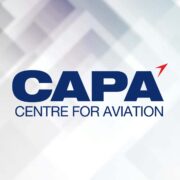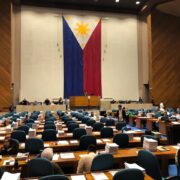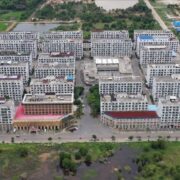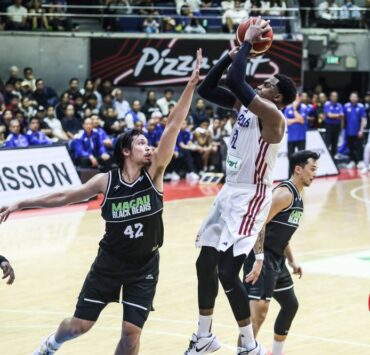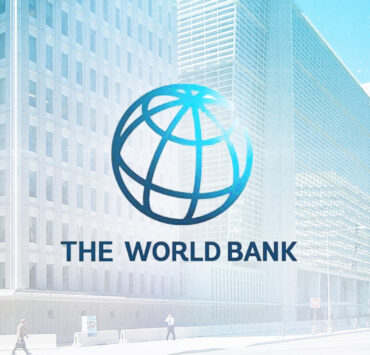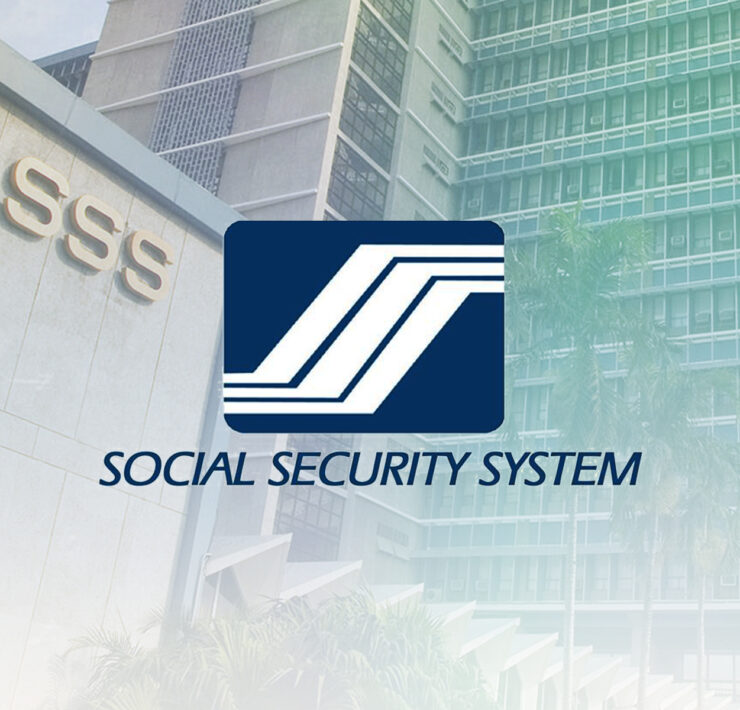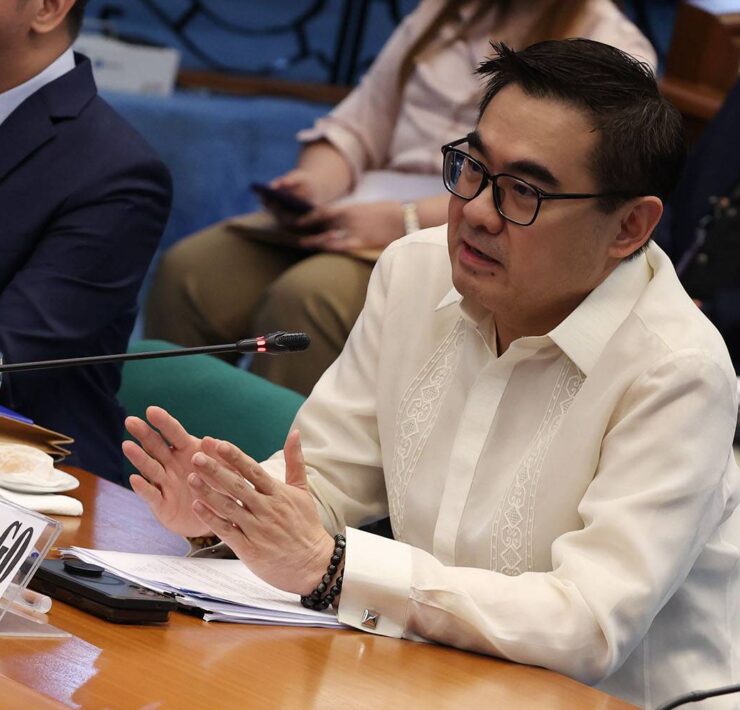PH factory activity picked up pace in July
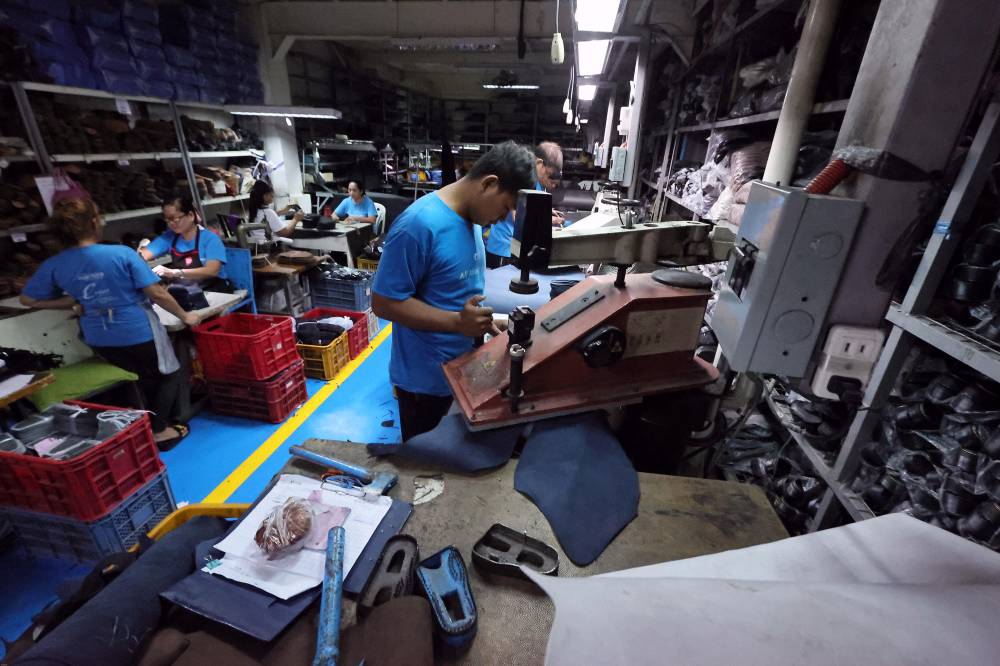
Philippine factory activity picked up slightly in July, though momentum remained subdued as manufacturers stayed cautious amid global trade uncertainties.
According to a monthly survey of around 400 firms, the Philippines’ Purchasing Managers’ Index (PMI) edged up to 50.9 from 50.7 in June, S&P Global said in a report released on Friday.
The modest uptick kept the index above the 50-point threshold that separates growth from contraction. It was also better than the average PMI reading of 50.1 for the Asean region during the month.
Still, Maryam Baluch, economist at S&P Global Market Intelligence, noted that factory activity remained “subdued” in July, with business confidence yet to fully recover due to lingering concerns over global trade.
“While signaling further improvement across the Filipino manufacturing sector, PMI data from the opening month of the third quarter, still painted a picture of a muted overall performance,” Baluch said.
“Output and new orders continued to rise, but paces of expansion remained historically subdued. Purchasing and employment also rose at slower rates, reflecting underlying caution among manufacturers,” she added.
S&P reported that domestic production rose for a second consecutive month in July, fueled by stronger demand from American clients who front-loaded orders in anticipation of US President Donald Trump’s tariff announcements, which spurred trade negotiations ahead of his Aug. 1 deadline.
As a result, survey data showed that Philippine manufacturers recorded an increase in new export orders for the first time in five months. However, S&P still noted that overall growth in both domestic and foreign orders “softened slightly” during the month.
Adding to the trade developments, President Marcos confirmed after a bilateral meeting with Trump in Washington last week that the US would proceed with the imposition of a 19-percent tariff on Philippine exports—higher than the 17 percent announced in April, but slightly below the 20 percent floated in early July.
That announcement helped clear up some of the uncertainty that had weighed on Filipino producers, many of whom had scaled back purchasing and hiring decisions in July while awaiting greater policy clarity.
On the pricing front, inflationary pressures across the local manufacturing sector remained subdued—helping Filipino goods retain some competitive edge despite sweeping US tariffs. While many firms reported higher raw material costs, others managed to contain expenses through bulk buying strategies that allowed them to spread out costs more effectively.
“Inflationary pressures were notably muted, providing a silver lining to the otherwise cautious landscape,” Baluch said.
“At the same time, optimism regarding future production levels surged to a four-month high, as firms strategically prepared for anticipated demand. While challenges remain, growing positive sentiment hints at a more hopeful outlook for the sector,” she added.

